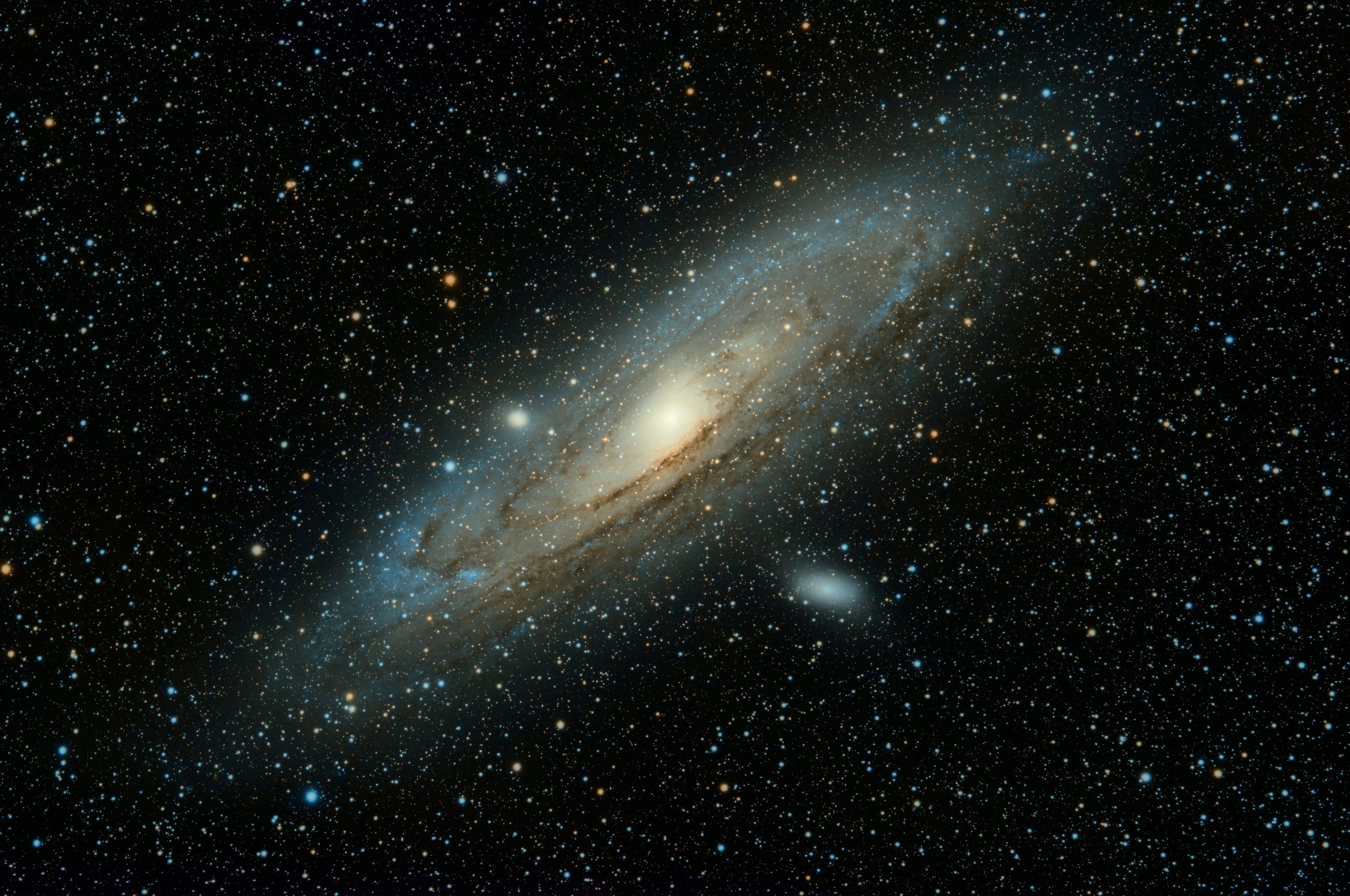Astronomer Michael Brown came up with a campaign in 2006 that reclassified Pluto from planet to Dwarf Planet. He is now hoping to fill the gap he created with what he predicts will be the discovery of a “Planet Nine”, a planet many times the size of Earth that might orbit the sun far beyond Neptune.
“It was definitely not the intention,” NBC News reported Brown, a professor of planetary astronomy at the California Institute of Technology in Pasadena, as saying.
Also read: Space debris, a new headache for insurers
“If I were prescient enough to have had all these ideas ahead of time and then demoted Pluto and found a new Planet Nine, then that would be brilliant, but it really is just a coincidence,” he said.
According to a study published online in August by Michael Brown and his colleague at Caltech, astrophysicist Konstantin Batygin, re-examined the evidence for a proposal they first suggested in 2016. The proposal was that the hypothetical Planet Nine could explain anomalies seen by astronomers in the outer solar system, especially the unusual clustering of icy asteroids and cometary cores called Kuiper belt objects.
However, despite years of looking, Planet Nine has never been seen. With this, some astronomers have suggested it does not exist and the clustering of objects noted by Brown and Batygin is the result of “observation bias”, since fewer than a dozen objects have been seen, their clustering might be a statistical fluke that would not be seen among the hundreds thought to exist.
Also read: NASA releases ‘cosmic rose’ visuals, and the Internet is loving it
However, in their latest study, Brown and Batygin have added several other observations of objects, and they have calculated that the clustering is almost certainly real. In fact, they found there is only a 0.4 percent chance that it is a fluke.
That would suggest Planet Nine is almost certainly there, and the new study includes a “treasure map” of its supposed orbit that tells astronomers the best places in the sky to look for it.
Brown is working with data from several astronomical surveys, hoping to catch the first glimpse of Planet Nine. If that search is not successful, he hopes it might be seen in survey data from a new large telescope at the Vera Rubin Observatory in the mountains of northern Chile, which is scheduled to start full operations in 2023.







